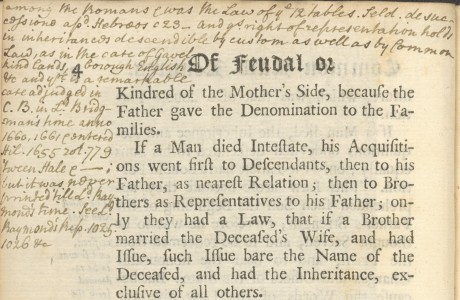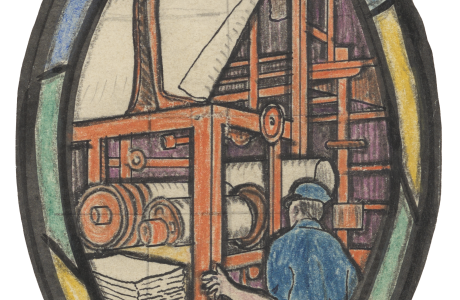Early Italian Statutes: Montefortino
 The Flowering of Civil Law: Early Italian City Statutes in the Yale Law Library
The Flowering of Civil Law: Early Italian City Statutes in the Yale Law Library
Montefortino (Italy). Statutum Montisfortini in Campanea [with] Statuto e tassa de mercedi che si devono al governatore, mandatario, e barigello di Montefortino in Campagna (manuscript, Montefortino, 1685). Acquired with the John A. Hoober Fund, May 1946.
(View Montefortino, today named Artena, on a map.)
The present-day city of Artena, southeast of Rome, was known as Montefortino from the Middle Ages until 1873. We owe the following description of our manuscript to Alfredo Serangeli, Director of the Archivio Storico “Innocenzo III” in Segni, Italy, and present it here with his permission and our thanks:
The Montefortino Statutes are the regulations for an essentially feudal municipality. Everything belonged to the feudal lord “in dominio et iurisdictione”, while vassals had broad rights for grazing, gathering wood and working the land. In fact, the statutes gave the feudal lord the right to one-fourth of all agricultural production, including wheat, barley, beans, spelt, millet, hemp, chick peas, and wine. This right was his in all cases, regardless of how the land was owned and worked.
The community, whose life was regulated in detail, was concerned that the feudal lords and governors should also respect the statutory rules. In fact, in a 1559 petition to the Colonna princesses (Tuzia, Porzia, Claudia and Virginia, owners of Montefortino at that time), concerning the reconstruction and reestablishment of normal conditions after the destruction of the castle in 1557 (during the Campagna War that the Papacy and France waged against Spain), Montefortino’s inhabitants asked that their governor respect the statutes. In the notary’s act produced when Prince Ascanio Massimo took possession of the castle on February 12, 1595, the prince’s oath to obey and enforce the Statutes is specifically mentioned.
The original manuscript is composed of 38 parchment folia, 16 x 24 cm., and was produced in 1468 by Antonio son of Luca, one of the most important notaries in Montefortino during the 15th century. The manuscript held in the Lillian Goldman Law Library is a copy of the revised statutes of 1606.
– Alfredo Serangeli, Director, Archivio Storico “Innocenzo III”
Incidentally, Alfredo Serangeli is from the same family as Stefano Serangeli, the scribe who produced the Yale Law Library’s manuscript in 1685.
BENJAMIN YOUSEY-HINDES & MIKE WIDENER
Exhibit Curators
“The Flowering of Civil Law: Early Italian City Statutes in the Yale Law Library” is on display October 2008 through February 2009 in the Rare Book Exhibition Gallery, Level L2, Lillian Goldman Law Library, Yale Law School.


